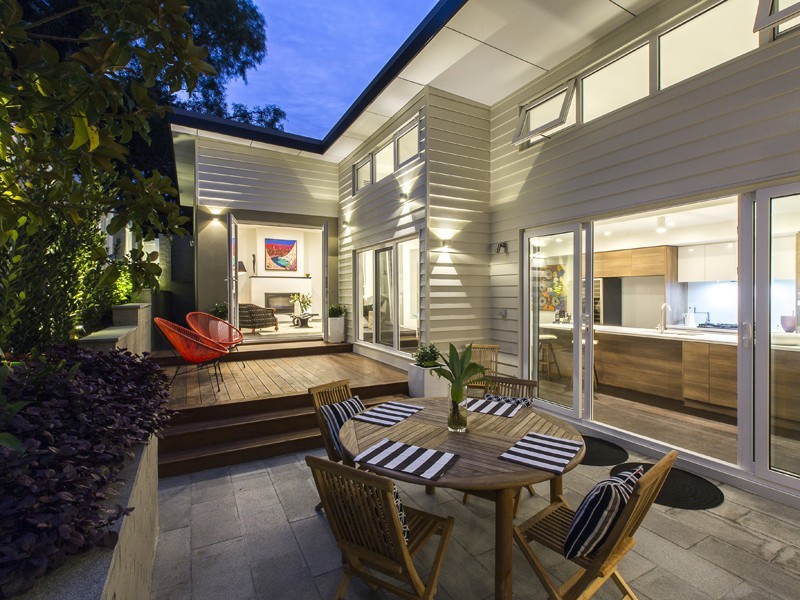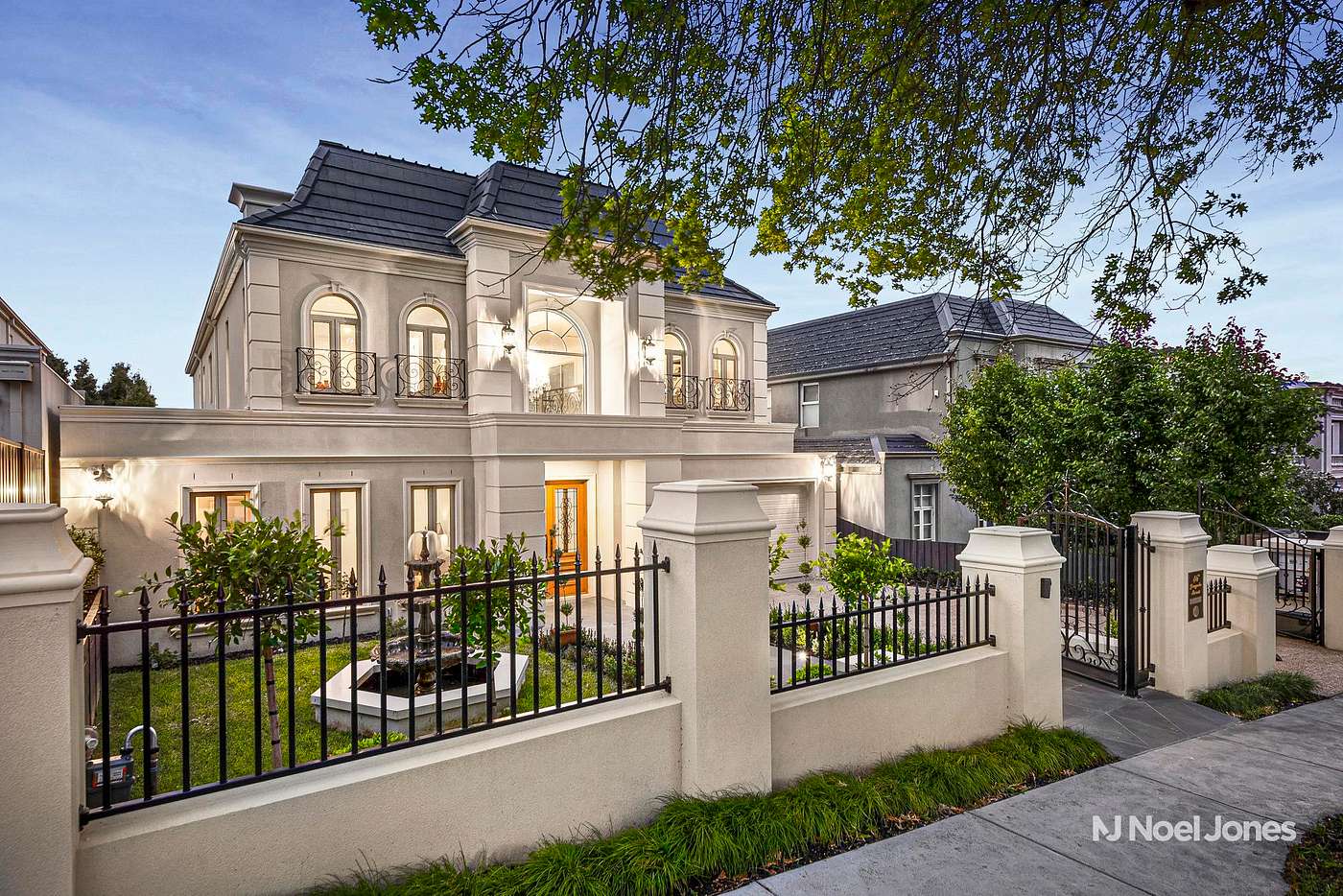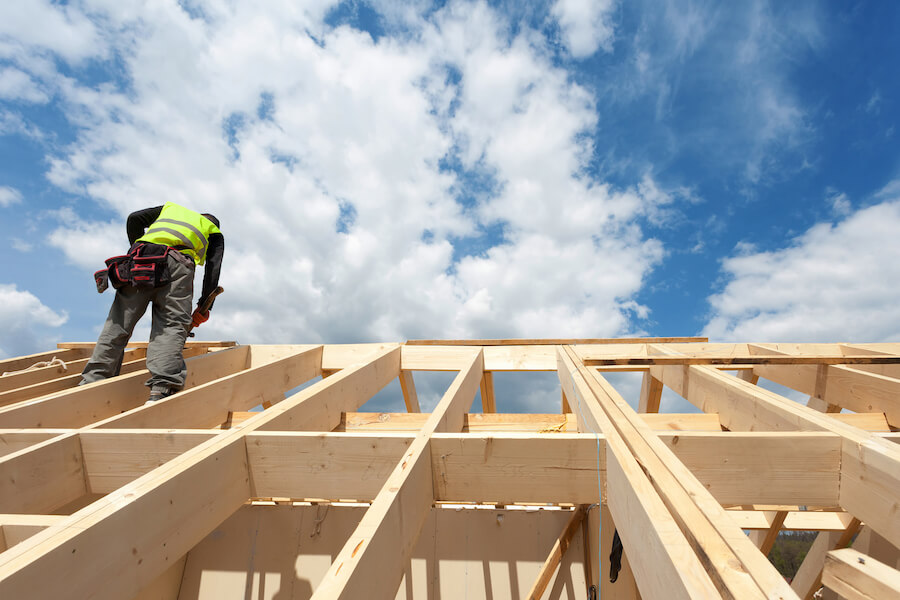We all like our home to be special, to show off our individual taste and look different from the next one. With so many different building materials out there it can be tricky to know where to start, especially when you’re renovating or building a new home from scratch.
Do you want to go with a more streamlined metal roof or a traditional tiled roof? Classic face brick, Hebel or cladding? With all the material choices in the world it can become a bit overwhelming. To help you make a more informed choice let’s go through some of the advantages and different price points of some of most commonly used external dwelling building materials.
How to select the right external home building materials
Metal vs tiled roof
Metal roofing is no longer what it used to be. Gone are the days of the old tin roofs and in are Colorbond metal roofs. A huge selection of colours and good value for money are just a couple of the reasons more and more people are choosing metal roofing.
Some of the advantages of metal roofing:
- Good value for money.
- Energy efficient.
- Many colour options.
- Easy maintenance.
- Great for rain water harvesting (it also sounds great when it rains).
- Vast amount of different profiles.
- It looks great.
If you’re building in a remote area then being able to transport metal roof sheeting on the same truck as many of your other building materials will help you save on transport costs. For an average single level 20 square home you can expect to pay between $10,000 and $13,000 for supply and installation.
 For sale: 5 Swan Street, Mosman Park, WA
For sale: 5 Swan Street, Mosman Park, WA
Tiled roofs come in two different materials, Terracotta and concrete. The two have totally different looks and Terracotta is more expensive than concrete.
Advantages of tiled roofing:
- Durability and longevity.
- Reflective properties.
- Great thermal and acoustic insulator.
- Classic appearance.
- Budget friendly.
Tiled roofing has been around for a long time and some types are even guaranteed to last 50 years, but expect that it can last much longer than that. Supply and fixing for an average single storey 20 square home is between $9,000 and $11,000.
 For sale: 4 Northcote Avenue, Killara, NSW
For sale: 4 Northcote Avenue, Killara, NSW
Face brick vs Hebel vs cladding
Bricks are one of the most commonly used building material there is. In one way, shape or form bricks have been used to construct houses for centuries.
Some advantages of bricks are:
- Strong and durable.
- Highly fire resistant.
- Low maintenance.
- Wide range of colours and types.
- Recyclable.
- Economical.
The good news is more and more new brick styles, shapes, sizes and finishes are coming out yearly. So make sure you keep an eye out for the latest and greatest new styles when selecting bricks for your place. The bad news is that due to the shortage of brick layers you can now expect to pay between $12,000 to $15,000 for the brickwork on an average single level 20 square home.
 For sale: 29 Clontarf Street, Seaforth, NSW
For sale: 29 Clontarf Street, Seaforth, NSW
Hebel is a lightweight material that is formed into blocks and panels. Unlike bricks, Hebel is fairly new to the market and has really taken off as a result of the shortage of brick layers in the building industry.
Some advantages of Hebel include:
- Non-combustible.
- Easy and quick installation.
- Great acoustic insulator.
- Energy efficient.
- Environmentally friendly.
- Inexpensive.
If you’re looking to save a little bit of time and money on your build then you should think about using Hebel. To supply and install Hebel on a single storey 20 square home you would be sitting at a price between $9,000 to $11,000.
Cladding is used for a number of different reasons besides looks. It can be used in place of brickwork to keep costs down and also in places where you’re unable to lay brick without the support of structural steel.
Other advantages of cladding are:
- Lightweight.
- Cost effective.
- Easy to install.
- Low maintenance.
- There are a wide range of materials available.
If you’re looking for a modern look, to have a few different textures on your facade or a way to cut down some costs, at only about $6,500 for an average single level 20 square home then there will be a type of cladding out there to suit you.
 For sale: 1/24 Illuka Crescet, Mount Waverley, VIC
For sale: 1/24 Illuka Crescet, Mount Waverley, VIC
We’ve checked off the advantages and different costs involved for some of the most common external building materials you can use on your home. In the comments below I would love to hear what you used to make your home look different from your neighbours. Be sure to keep an eye out for Part 2 of this blog, where we’ll cover the benefits and pricing associated with different internal building materials.







Great photos Daniel, it’s a very common question that comes up all the time in the roofing industry and I like the way you’ve explained all the features and benefits of the various options.